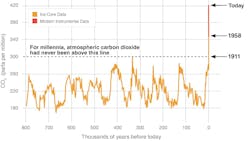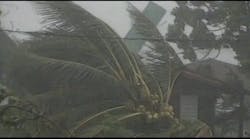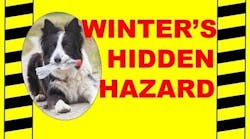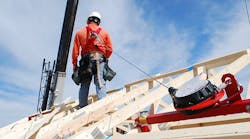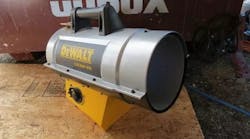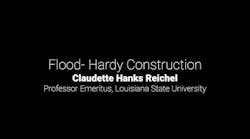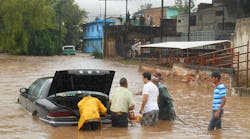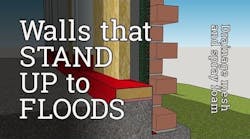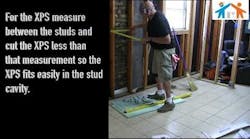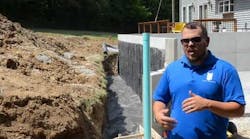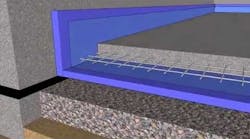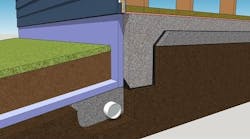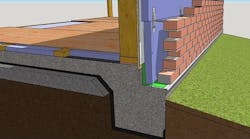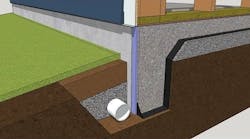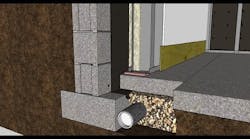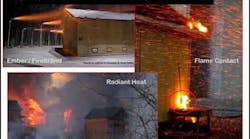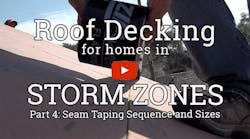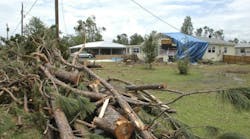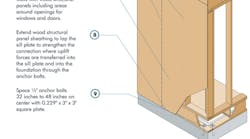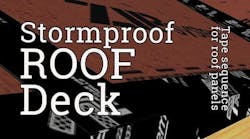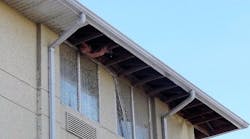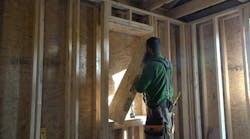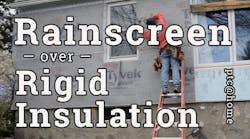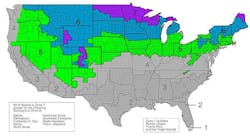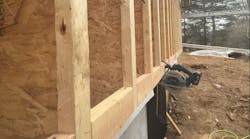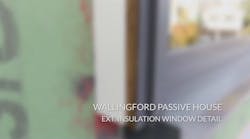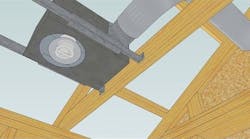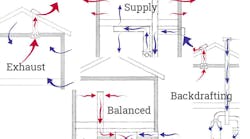Building and Remodeling for Climate Change
Climate change affects the job that houses must do and the conditions under which they must be done. When building or remodeling for climate change, Think: belt, suspenders, belt, belt, suspenders, rain boots, a wide-brimmed hat, and another belt.
This building and remodeling for climate change collection is extensive, but not exhaustive. Here is a summary of all eight sections on building and remodeling for climate change; all content is linked below...
Section 1: The Science: How Climate Change Affects Houses
This section delves into the scientific understanding of climate change's impact on housing. "7 Minutes of BS (Building Science)" emphasizes the methodical approach of science in explaining natural phenomena. "Homebuilding Smackdown: Science vs. Hurricane" illustrates the role of engineering, particularly the Wall of Wind, in mitigating hurricane-related damage.
Section 2: Work Safe in Extreme Conditions
Focusing on ensuring worker safety in harsh conditions, this section covers topics like "Heat Stress," which emphasizes the dangers of excessive heat exposure. "Winter's Hidden Hazard: Dehydration" sheds light on the often overlooked risk of dehydration in cold weather. Additionally, "Dos and Don'ts for Propane Heater Safety During Winter Construction" provides crucial safety guidelines.
Section 3: Flood Resistance: What, How, and Why
Dedicated to flood resistance, this section begins with lessons learned from past experiences in Louisiana from Rita and Katrina. It offers solutions like "Retrofitting for Repeated Flooding" and "Flood Recovery Retrofit" using water-tolerant materials and drainage techniques to minimize damage. The section also includes a collection of flood resistance and cleanup strategies.
Section 4: Foundation Solutions for Moister Soil
This section offers insights into foundation considerations in moister climates. It begins with "Slab Edge Insulation: Why it Matters," emphasizing the importance of preventing heat loss through floors. "Basics of Foundation Waterproofing" explains the use of gravity and membranes to prevent water seepage. Various animations illustrate how to do it in different climate zones, such as "Frost-Protected Monolithic Slab" and "Monolithic Slab Edge Insulation for Warm and Hot Climates."
Section 5: Wind Resistance: What, How, and Why
This section challenges the prevailing notion that wind-resistant construction is only vital in hurricane-prone areas. "Wind-Resistant Construction" highlights the importance of wind resistance in construction across various climates and offers valuable insights for fortifying structures against high winds. "Stormproof Roof: Design and Construction Advice" is a collection of practical videos on designing and constructing roofs capable of withstanding extreme storm conditions. "Conquering the Challenge of High Wind Design" explores the interplay of hardware, fasteners, and panels, and provides actionable strategies to significantly enhance wind resistance in wood-framed structures.
"Stormproof Roof Deck Installation Guide" is a concise video collection that outlines essential steps for installing a stormproof roof deck in areas prone to intense rain and hurricanes—like New Orleans, while a Hurricane Michael article reveals vulnerabilities in soffit and siding details. "What To Do After a Hurricane: A Pro’s Guide To Recovery" prioritizes personal safety and prompt attention to immediate dangers. It then guides individuals in planning their rebuilding efforts.
Section 6: Wildfire Resistance: What, How, and Why
"Wildfire Resistance and Resilience: 7 Minutes of BS" provides succinct yet comprehensive insights into wildfire resistance and resilience. It addresses the accumulation of fuel over time and the escalating threat posed by a hotter climate. Likewise, "Fire School: How To Reduce Wildland Fire Vulnerability in Houses" goes deeper on the inevitability of wildfires and offers essential strategies to mitigate vulnerability.
"Defensible Space and Other Wildland Fire Protection Strategies" goes into detail on a range of techniques for designing and retrofitting homes to withstand wildland wildfires. It emphasizes creating defensible space around the property and explores additional protection strategies. "Designing Buildings for Wildfire Defensibility" provides another look at the escalating threat of wildfires across North America; this resource advocates for proactive problem-solving. It highlights the imperative of designing buildings with wildfire defensibility as a central consideration.
Section 7: Extreme Temperature Resistance: What, How, and Why
Focusing on withstanding extreme temperatures, this section multiple ways to beef up the insulation levels in your walls from "Exterior Insulation Guide: Cold Climate," which provides detailed insights into insulating older homes to "Double Wall Framing Guide," which showcases the new construction of double-walled houses. Additionally, "Cold Climate Passive House Retrofit in Connecticut" offers practical examples of retrofitting an old cabin for extreme energy efficiency.
Section 8: Indoor Environmental Quality: What, How, and Why
This final section explores maintaining indoor air quality and environmental quality. "Tight Houses, Blower Doors, and Ventilation Explained in Under 3 Minutes" advocates for and explains controlled ventilation. "Whole-House Mechanical Ventilation" teaches about how air moves through buildings and the need for deliberate ventilation strategies when constructing tight buildings. Additionally, topics like "Kitchen Exhaust Best Practices" and "Indoor Air Quality (IAQ)" provide practical tips for maintaining healthy indoor environments.
Bonus: How to Install a Radon Mitigation System in a New Home offers a specific solution for dealing with radon gas, an often overlooked indoor air quality concern.
Section 1: First, the Science: How Climate Change Affects Houses
Section 2: Work Safe in Extreme Conditions
Section 3: Flood Resistance: What, How, and Why
Section 4: Foundation Solutions for Moister Soil
Section 5: Wildfire Resistance: What, How, and Why
Section 6: Wind Resistance: What, How, and Why
Section 7: Extreme Temperature Resistance: What, How, and Why
Section 8: Indoor Environmental Quality: What, How, and Why
